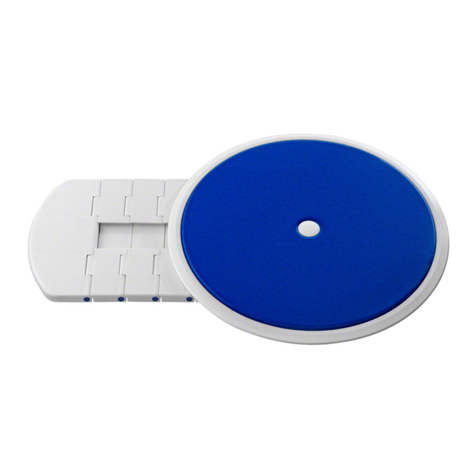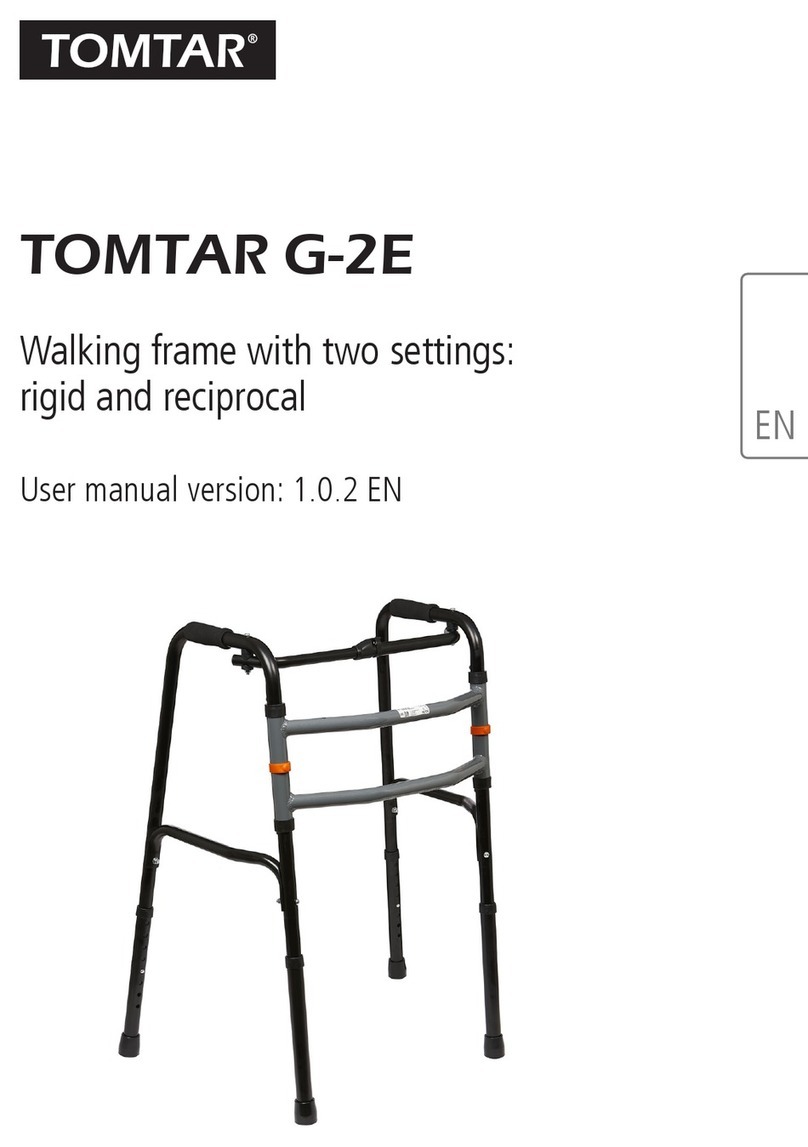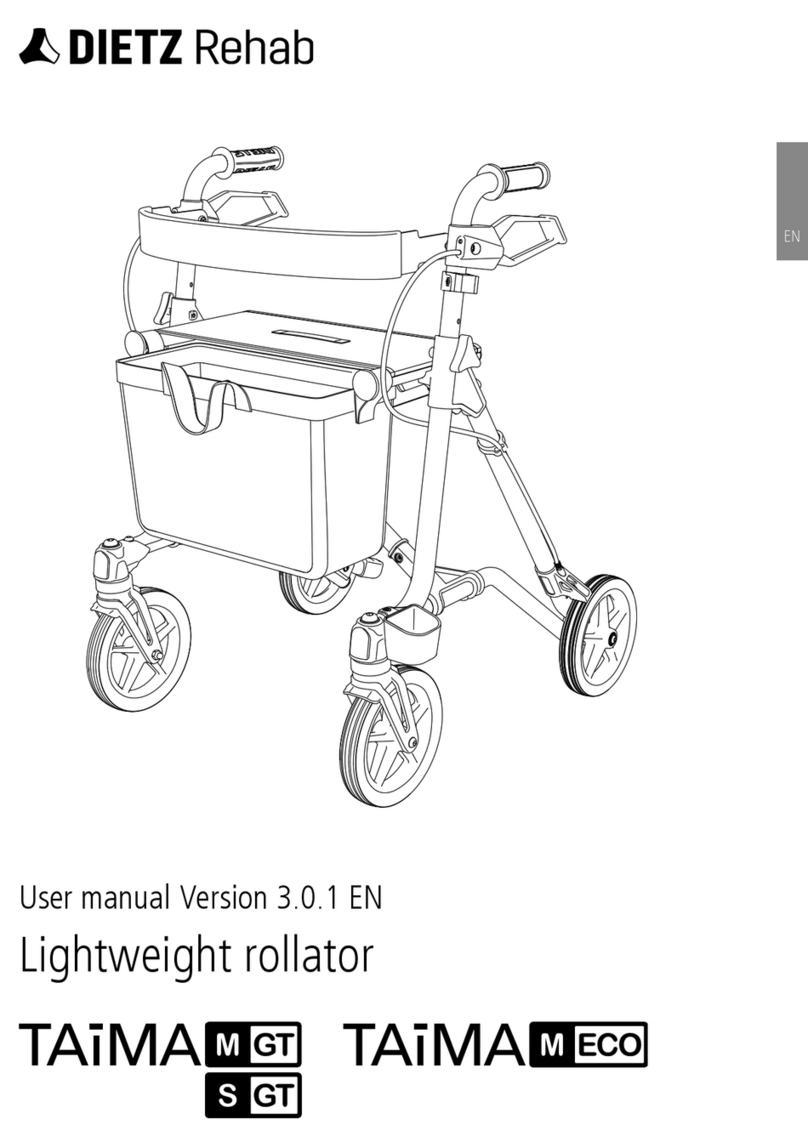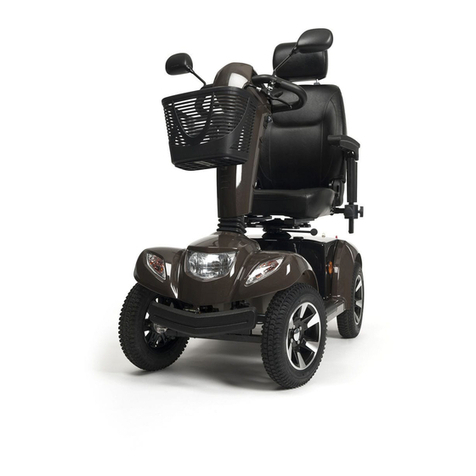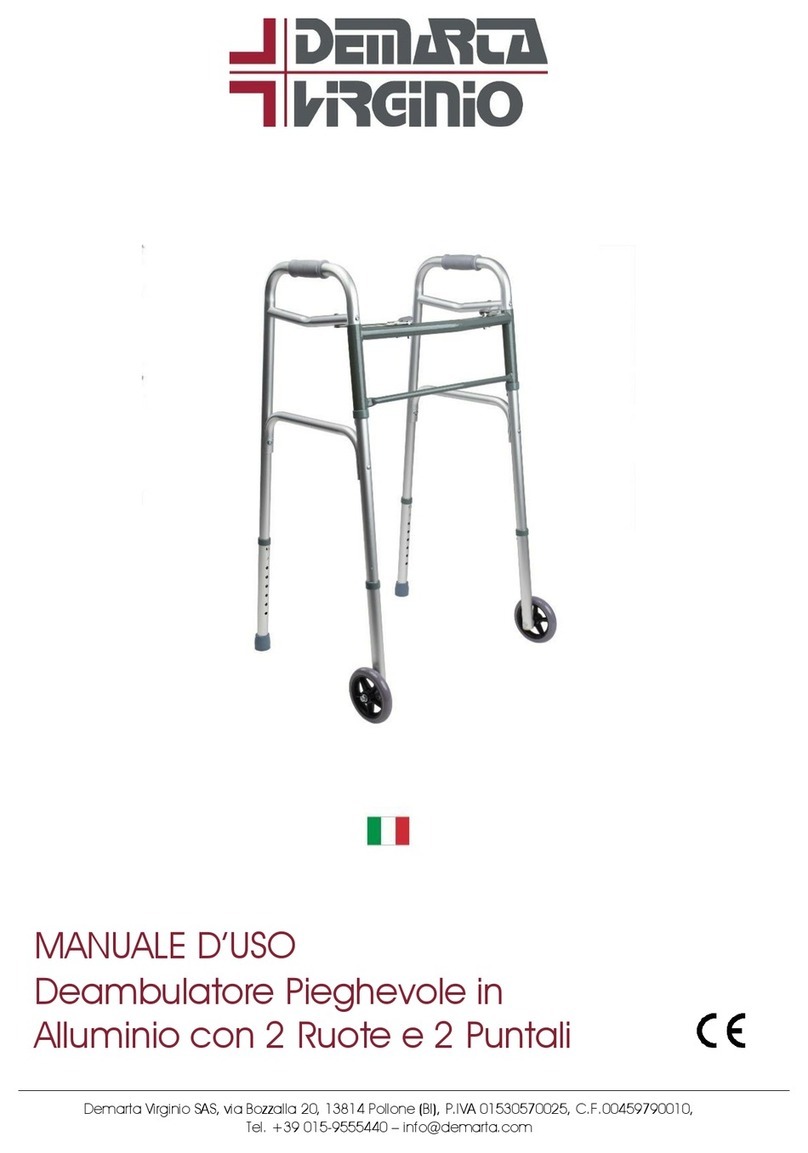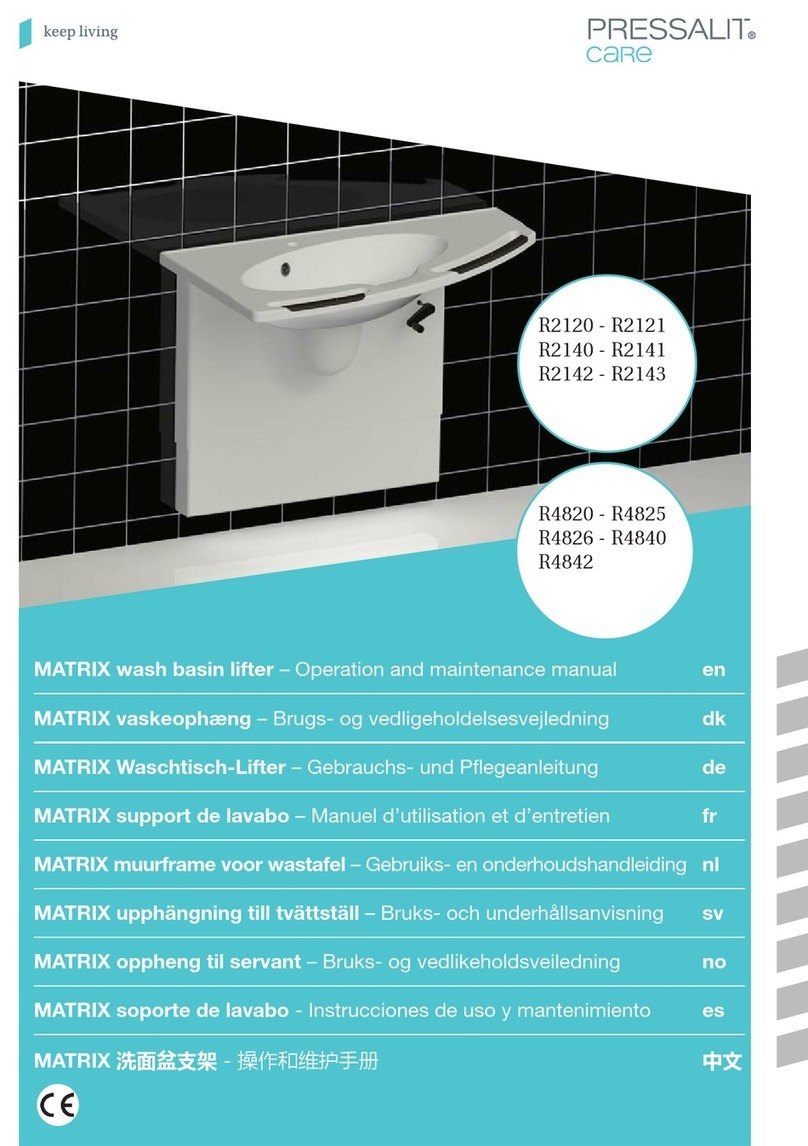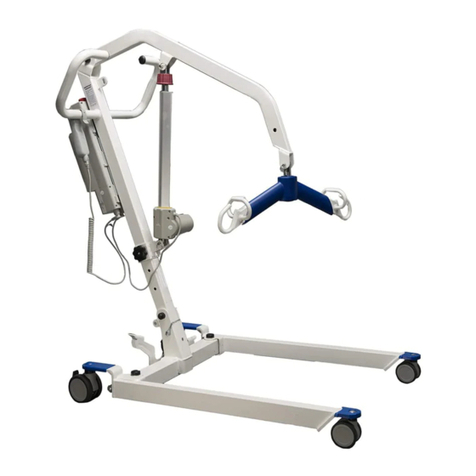Dietz Tomtar TSU-2 User manual




















This manual suits for next models
1
Table of contents
Other Dietz Mobility Aid manuals
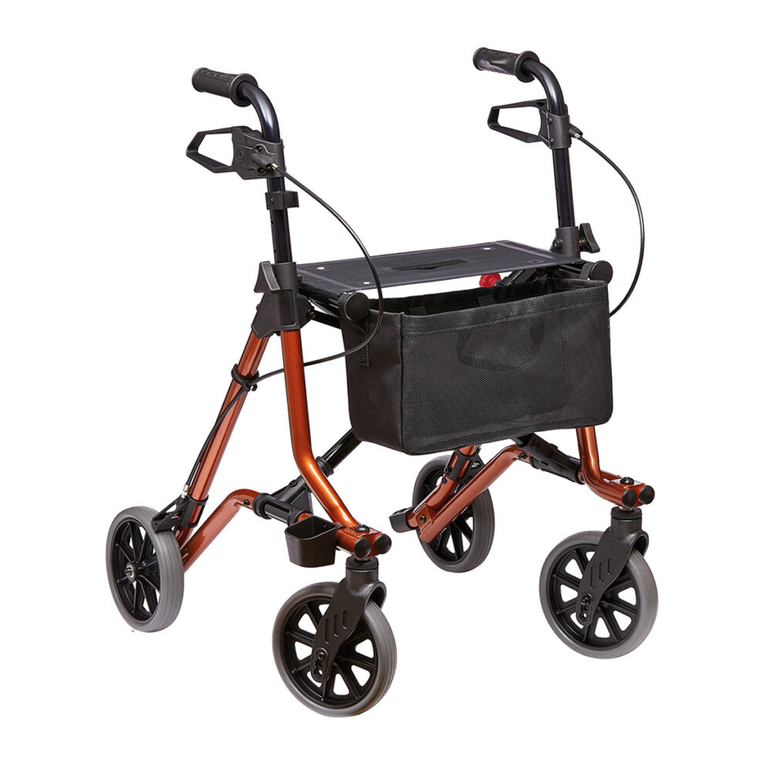
Dietz
Dietz TAIMA User manual
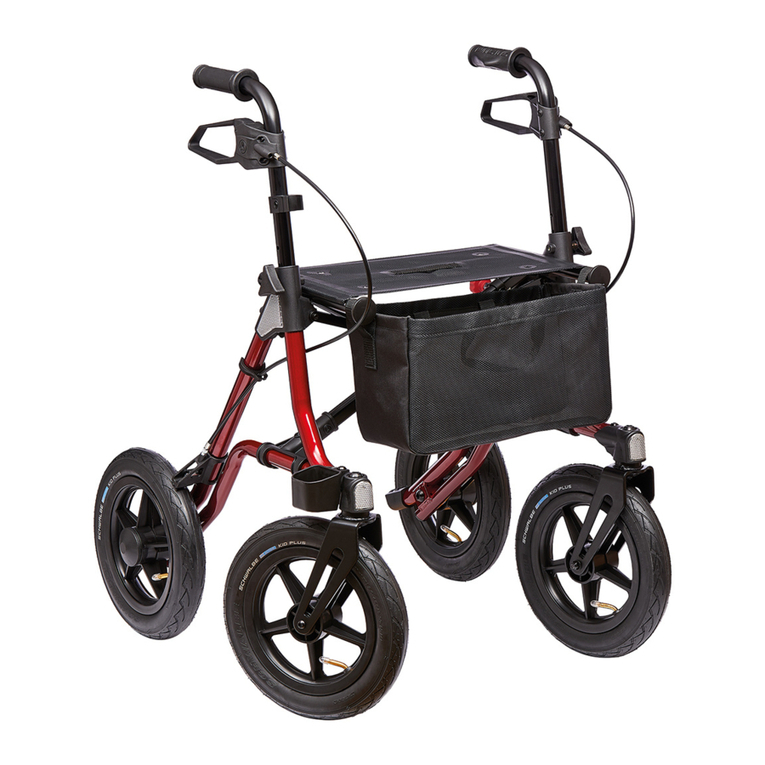
Dietz
Dietz TAiMA XC User manual

Dietz
Dietz Ligero User manual
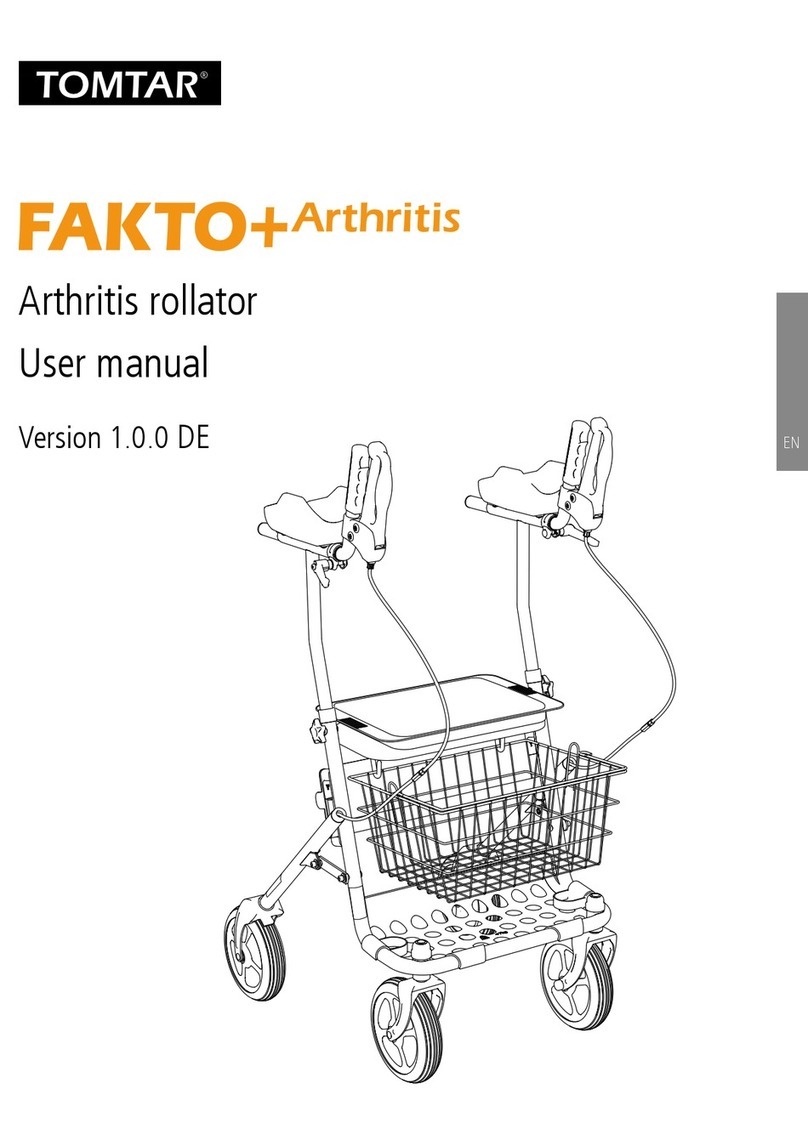
Dietz
Dietz Tomtar FAKTO+ Arthritis User manual
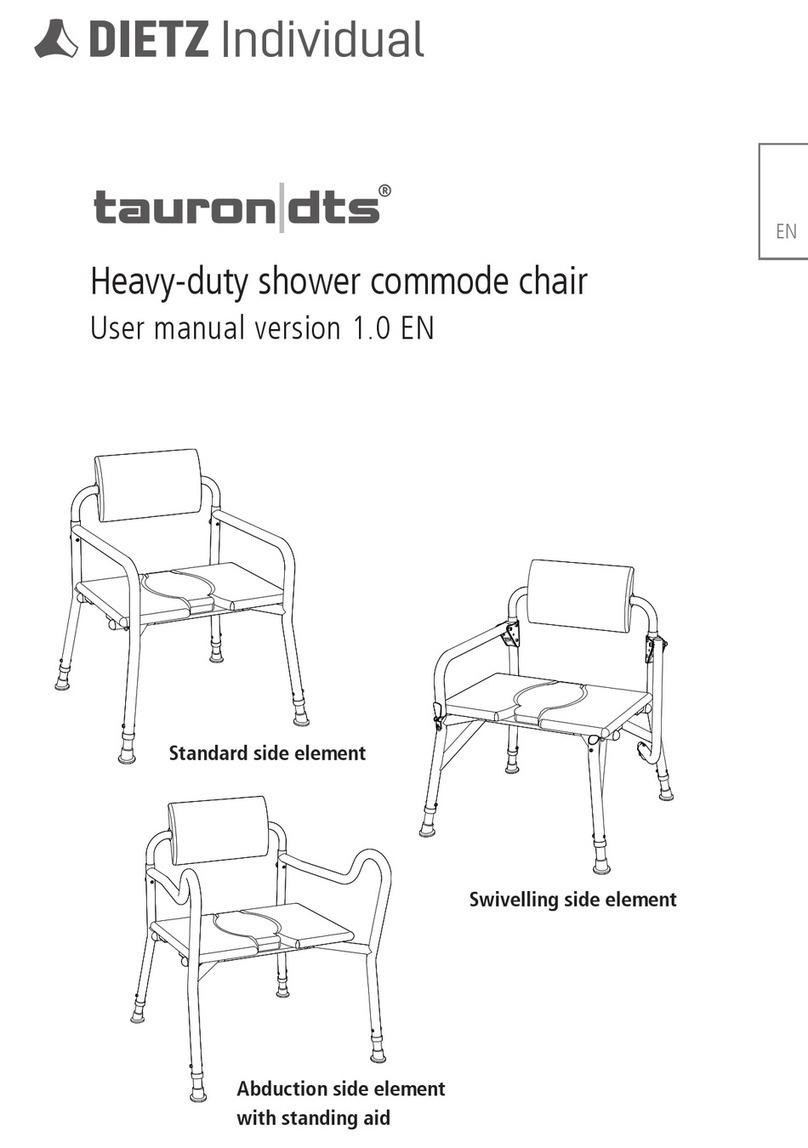
Dietz
Dietz tauron dts User manual

Dietz
Dietz TAIMA User manual
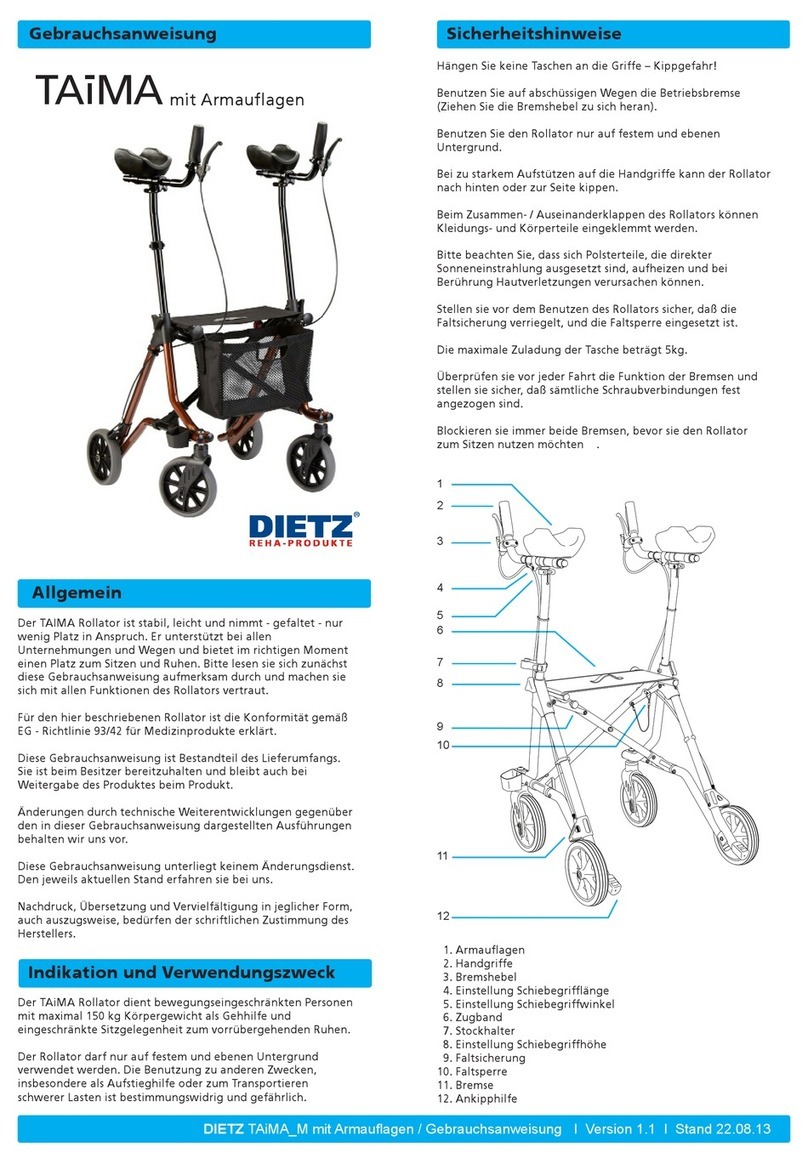
Dietz
Dietz Taima M User manual

Dietz
Dietz Rollator XXL User manual

Dietz
Dietz Ligero User manual
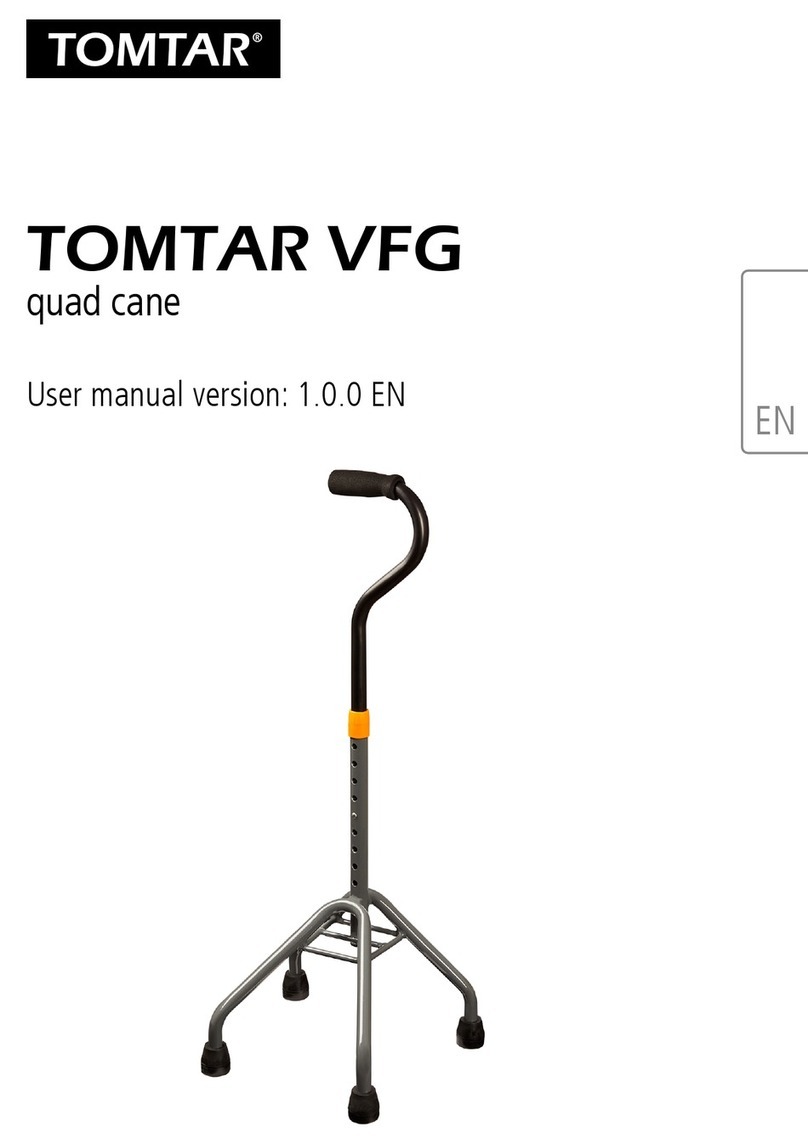
Dietz
Dietz Tomtar VFG User manual
Popular Mobility Aid manuals by other brands
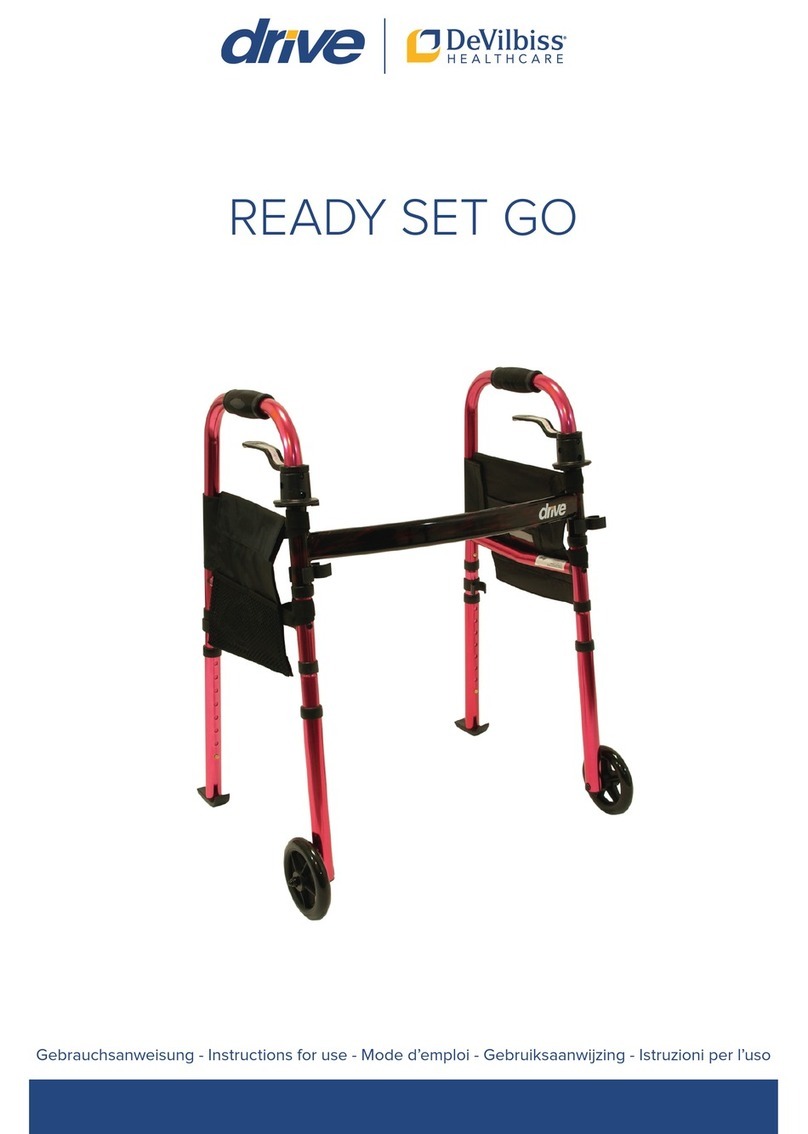
Drive DeVilbiss Healthcare
Drive DeVilbiss Healthcare READY SET GO Instructions for use

Mobiclinic
Mobiclinic Hercules instruction manual
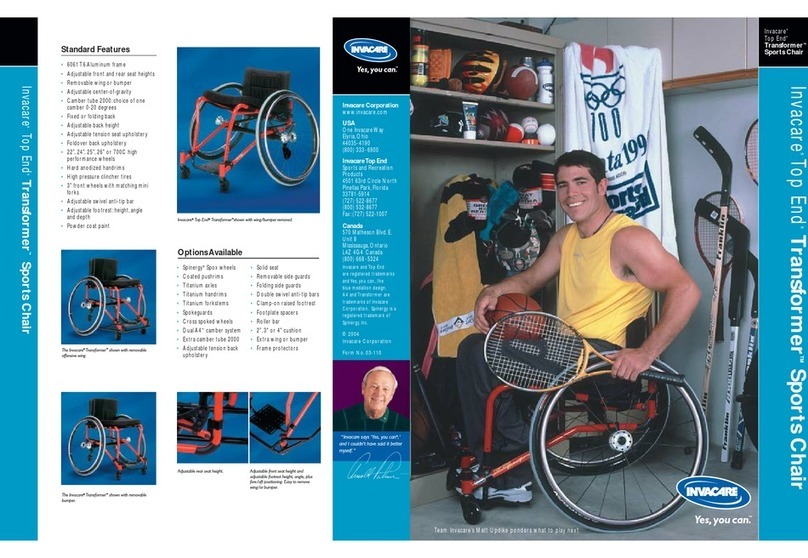
Invacare
Invacare Top End Transformer brochure
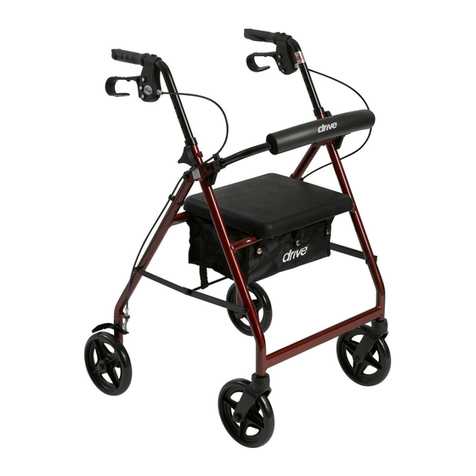
Drive
Drive R728RD manual

Pride Mobility
Pride Mobility KIT2008618 Technical instructions
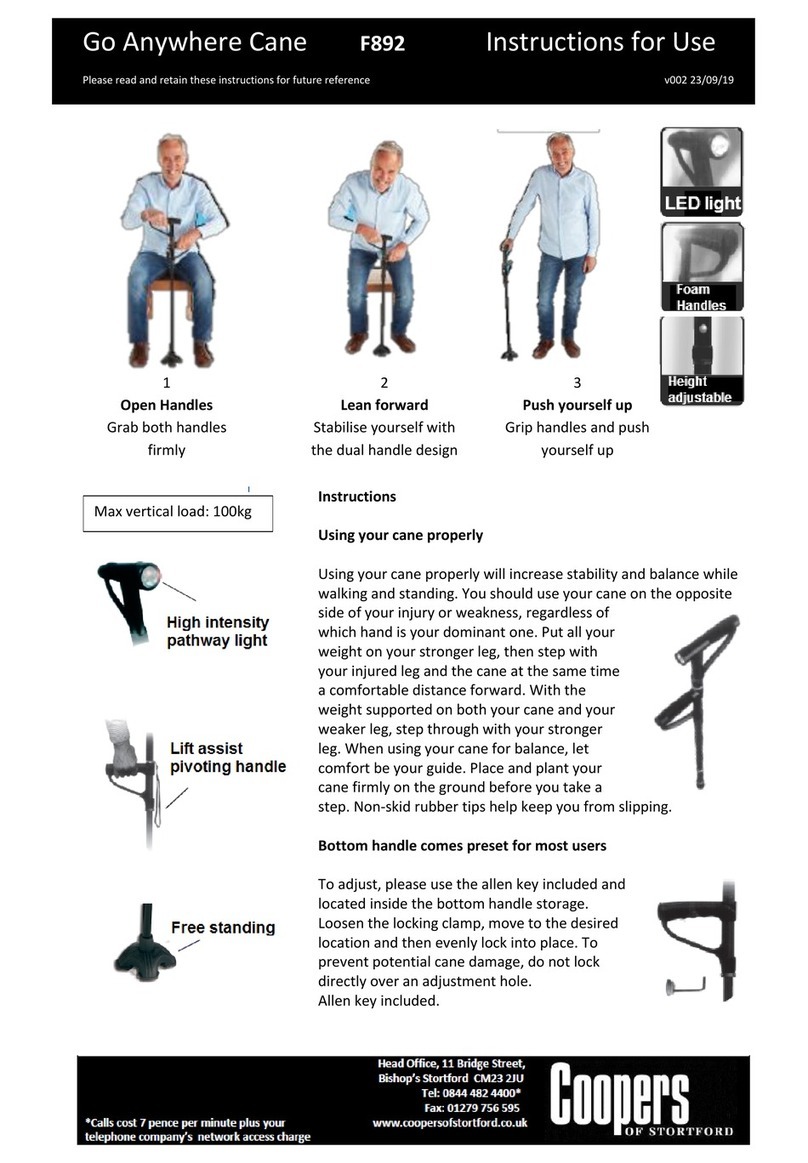
Coopers of Stortford
Coopers of Stortford Go Anywhere Cane Instructions for use

Drive
Drive Inspired GT1000-2GB quick start guide
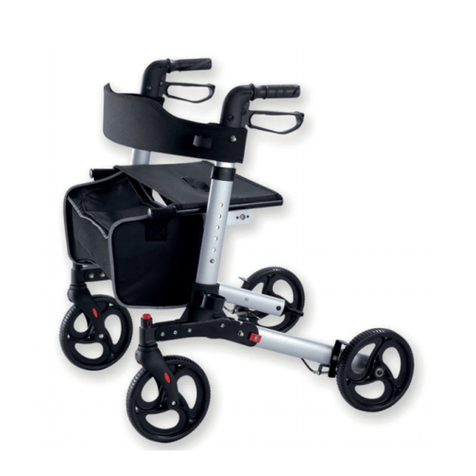
Gima
Gima 43164 user manual

Drive Medical
Drive Medical Trekker TK 1000 manual
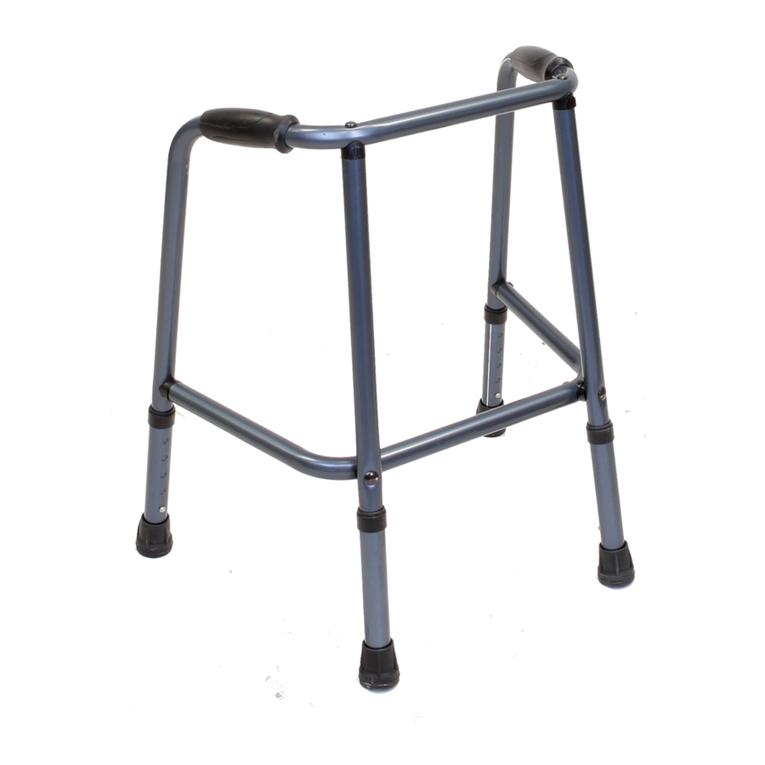
Herdegen
Herdegen 221000 quick start guide
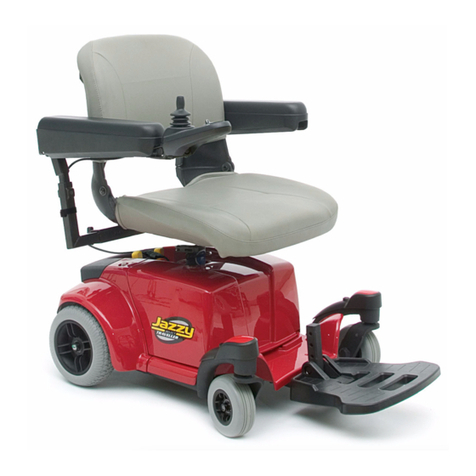
Pride Mobility
Pride Mobility Jazzy Select Traveller owner's manual

Sunrise Medical
Sunrise Medical Hoyer HPL600 Installation and instruction manual
